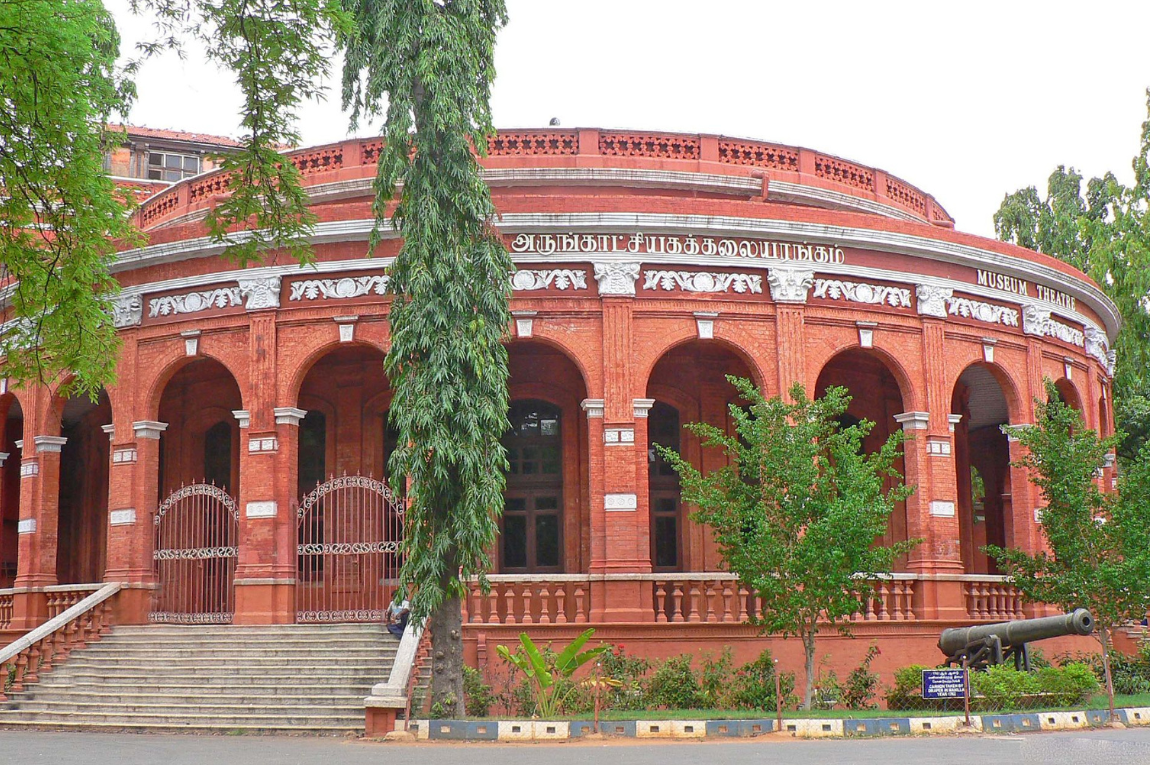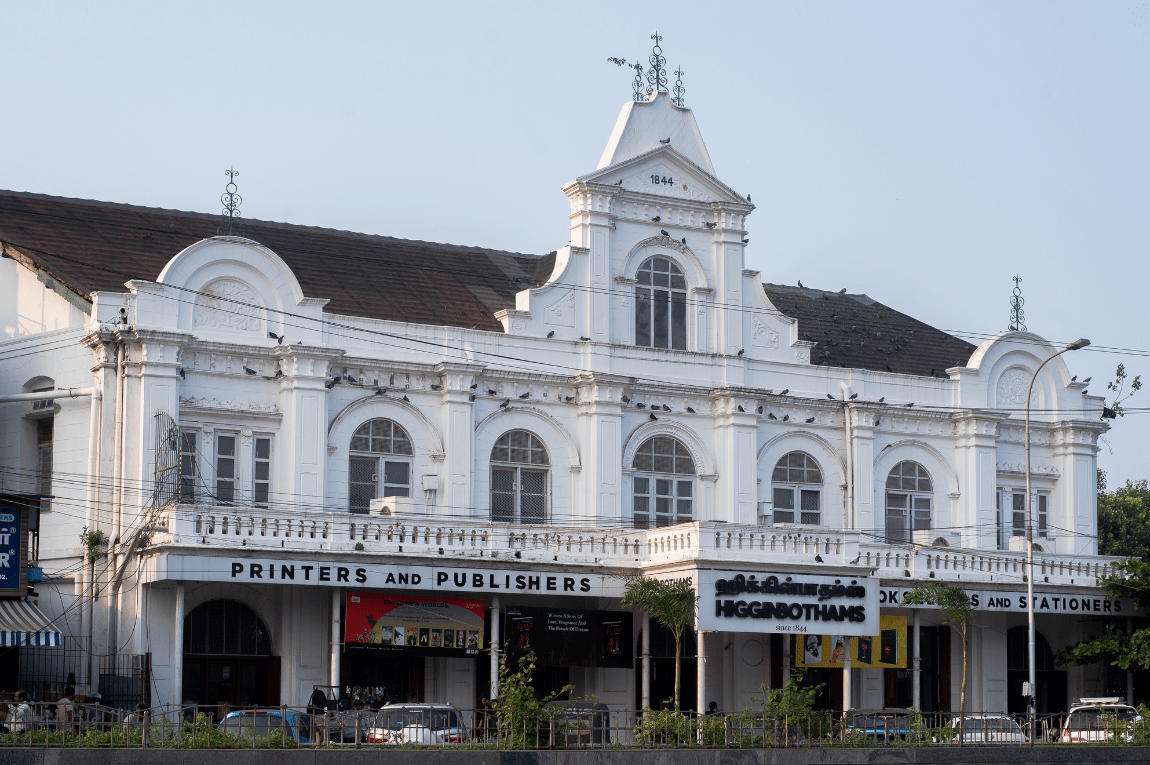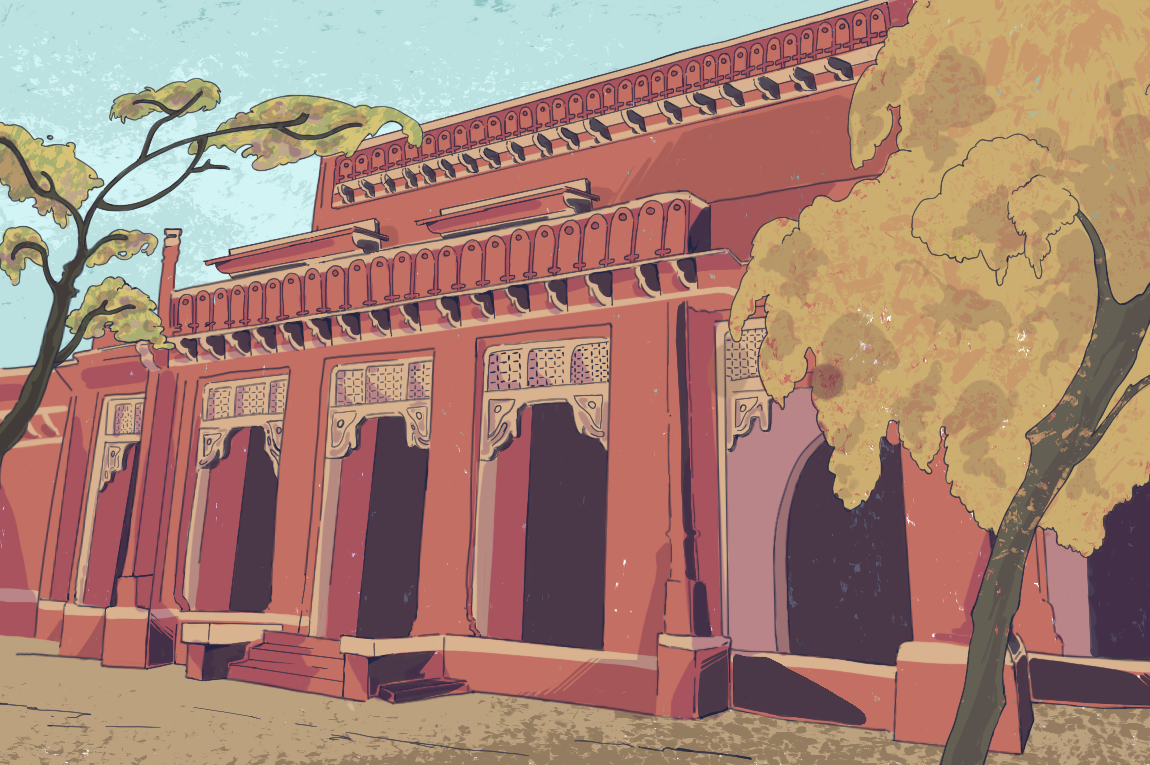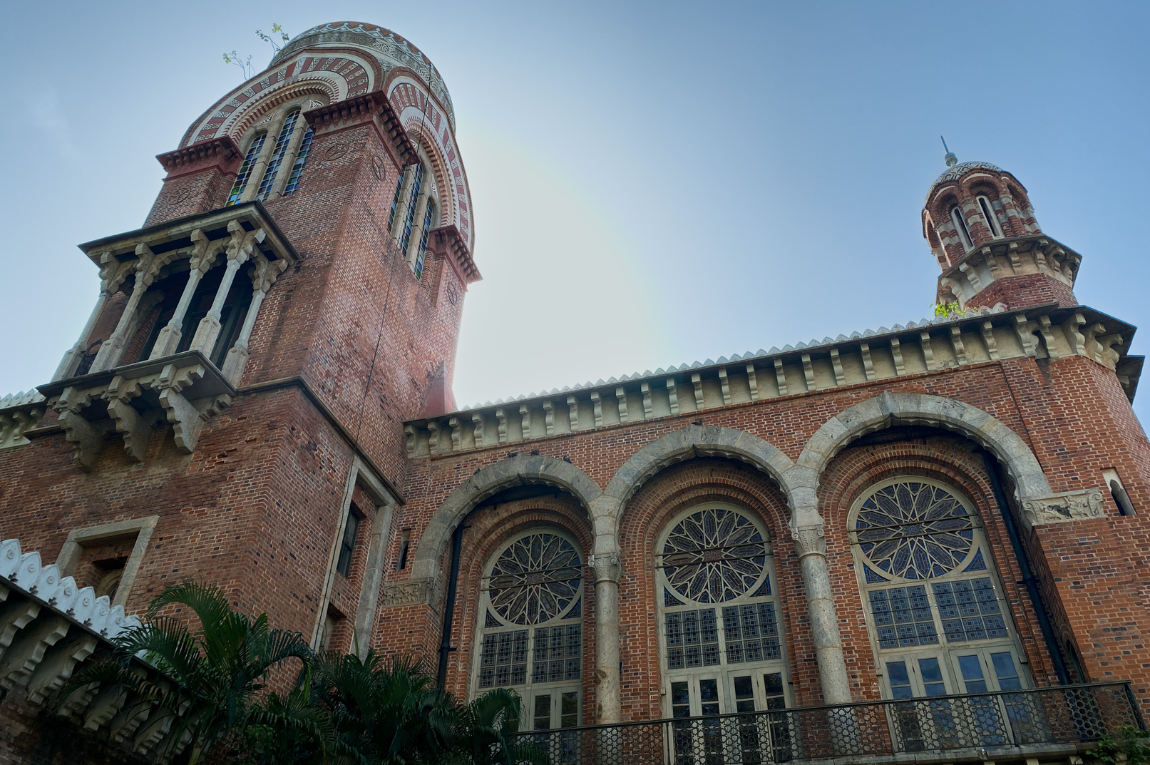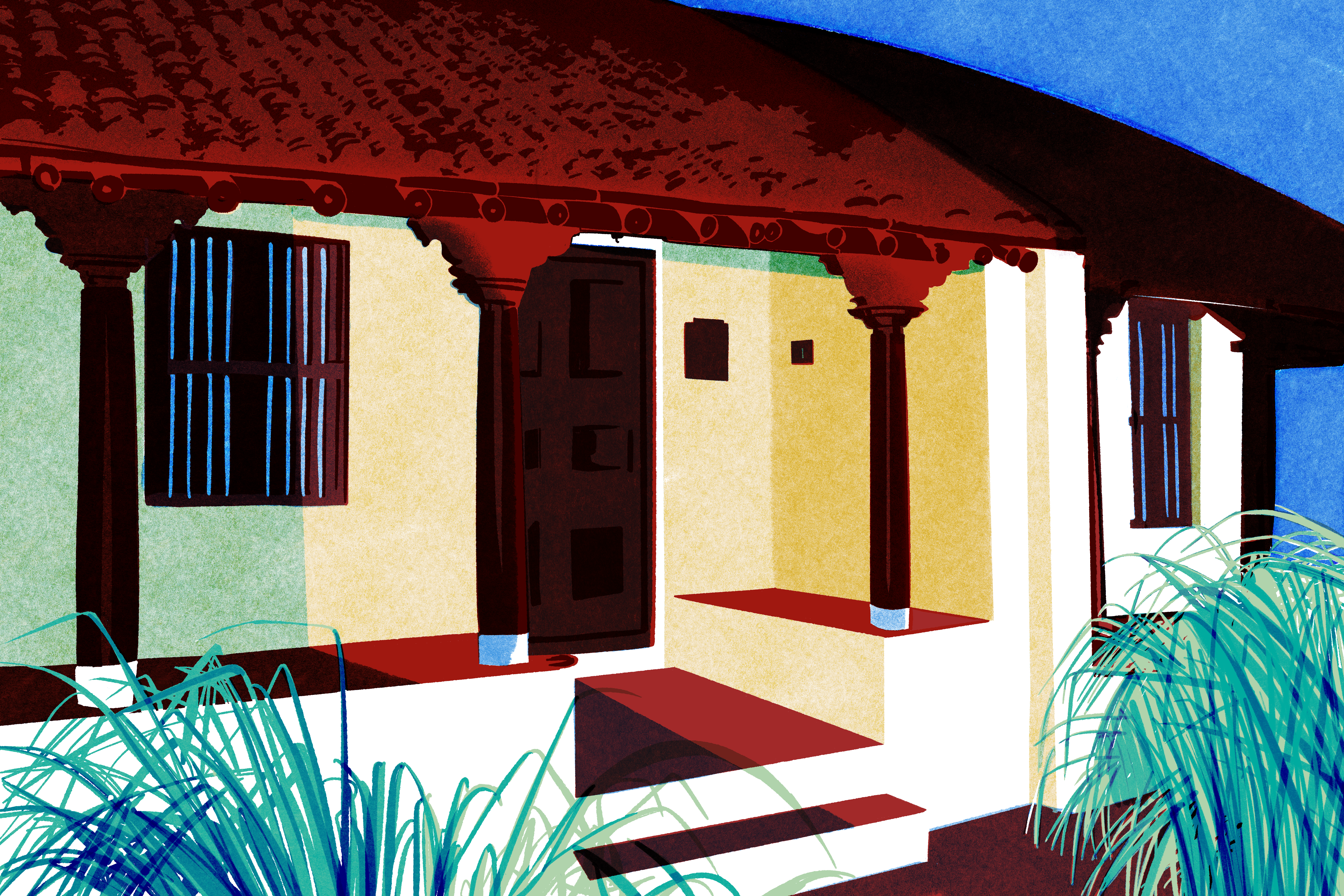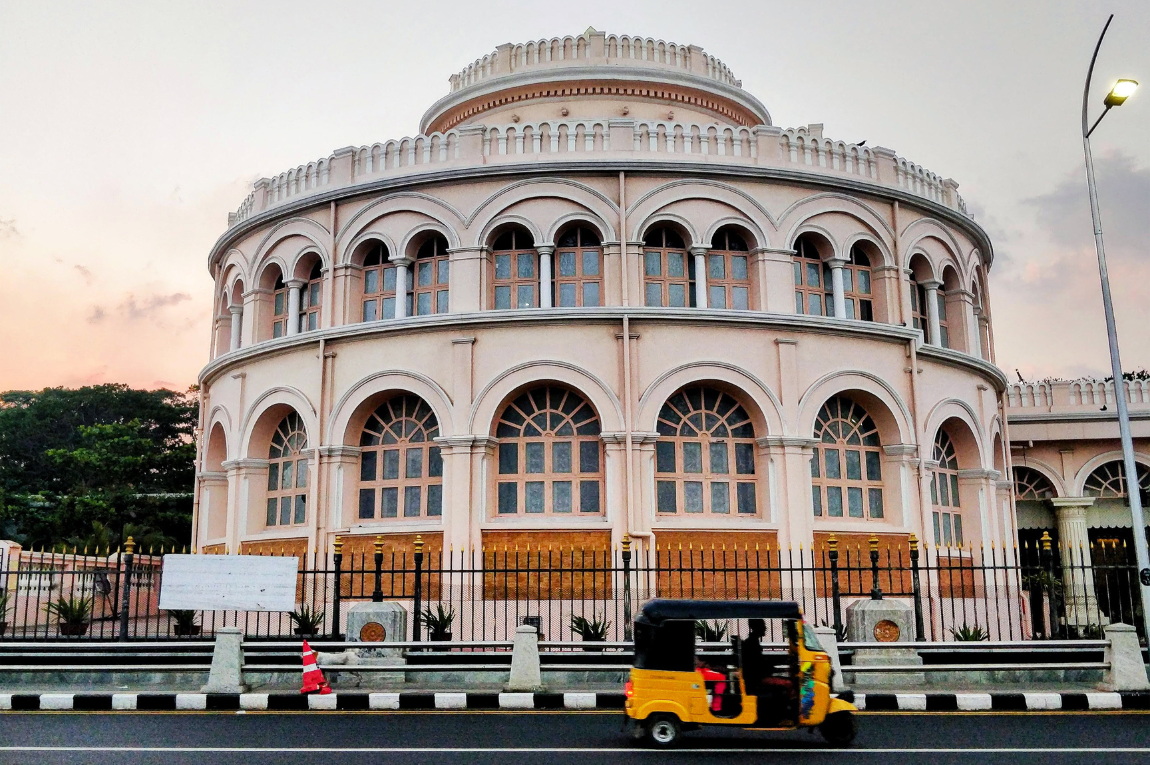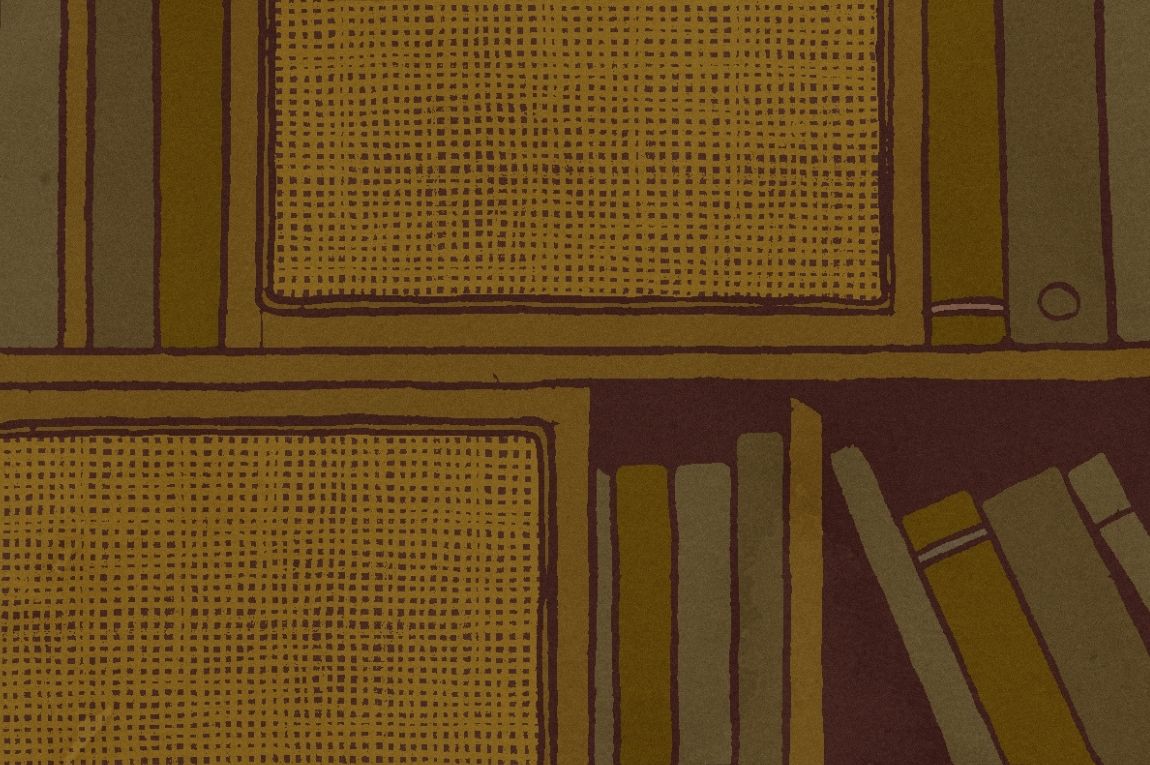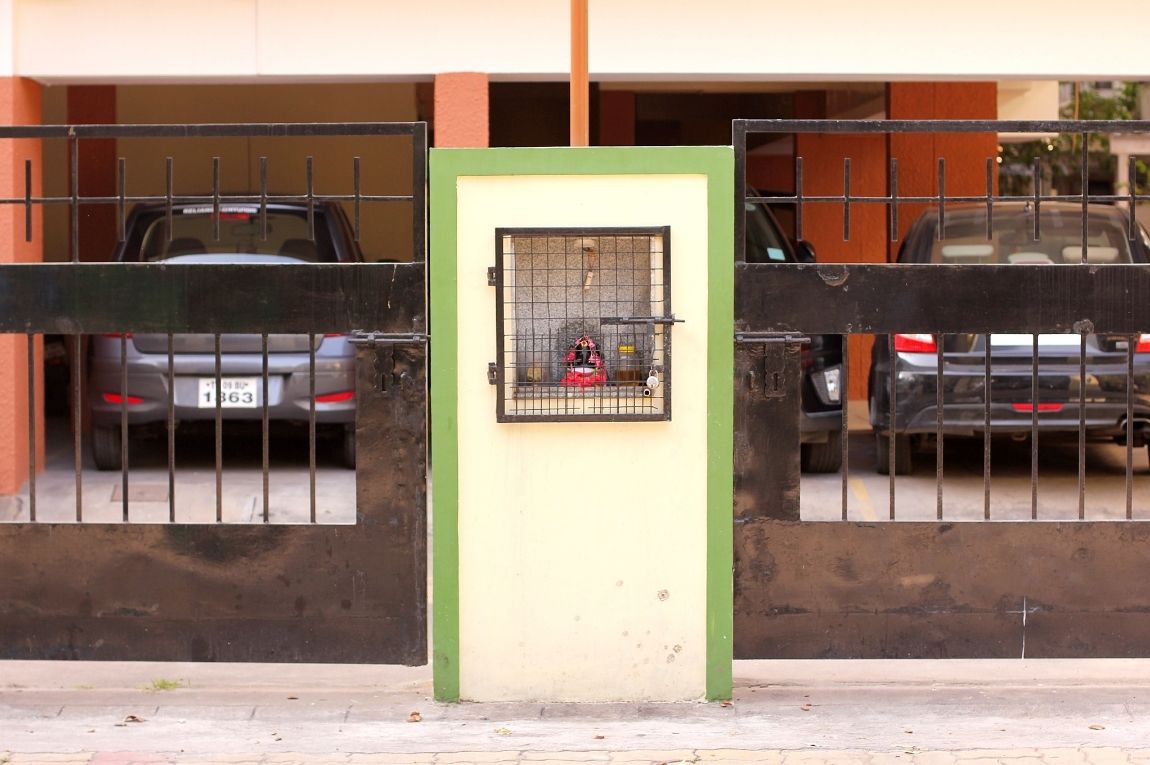I recently wrote a short story, set in one of my favourite historical buildings in Chennai — the iconic Museum Theatre. Titled Theatre at the Museum, and published in the book 15 Tables at TranQuebar, it chronicles the dramatics that unfold both on and off the stage, all of which are intrinsically tied to the building. As in my story, the Museum Theatre continues to be an important performance platform in the city. Unlike my story, however, the beautiful terracotta-and-cream empress isn’t neglected but has restoration work underway.
It is a pleasure to reach just a little early for a performance at the Museum Theatre, so elegantly situated amidst shrubbery and cannons with great historical pedigree — such as Tipu Sultan’s cannon used in the Battle of Srirangapatna in 1799. Commissioned by the British in late 19th-century Chennai (then Madras), the theatre was, from all accounts, largely meant to stage performances for the British elite seeking entertainment. A rare example of the Italianate style of architecture in Chennai, the building is part of the Madras Museum complex, off Pantheon Road — a street that derives its name from a building that no longer exists, The Pantheon, which was an assembly hall and entertainment venue during the British rule. While wandering through the Museum grounds, I’ve also found it to be worth visiting the Bronze Gallery next door, which houses the most magnificent sculptures of Nataraja, Ganesha and Buddha among others.
Right from my school days in Chennai, I credit the Museum Theatre for inspiring a passion for plays that would later see me review theatre professionally in Singapore. Access to the interior of the theatre is through a sweeping flight of stairs that leads to a broad, curving verandah. As a schoolgirl, these steps were a favoured spot to gather before a performance. Even today, post a lecture or a play, I love sitting on the steps to discuss what was just seen — or heard.
To explore the theatre’s inspiration in a larger context, I have a chat with Chennai’s erudite historian V. Sriram. He speculates — based on the timelines and identical architectural features of the Connemara Public Library, the Museum and the Museum Theatre — that they were all built in the 1890s by Henry Irwin, a famous architect of British India.
Architectural elements and floor details come together beautifully in the structural design of the theatre. The semi-circular plan finds resonance in the rows of arches that set up a spectacular visual rhythm on the facade. As for the surface decoration, some say it’s the best designed in the city. My eyes still linger on the facade’s floral frieze, interrupted by Corinthian capitals over exposed brick pilasters. Balancing the ornamental detail of the parapet wall is the plain brickwork of the plinth below. The architect’s positioning of the building on this high plinth achieves a regal glory — one of the many reasons why the Museum Theatre is likened to a dowager empress in my fiction.
The Museum Theatre is closely linked not just to dramatics but also to the city’s renowned classical music scene. Sriram tells me that the Madras Musical Association — founded in 1893 — held programmes here, while the prestigious Music Academy had its first-ever lecture series at the theatre in 1927.
Anyone can view the theatre from the outside, and walk around the grounds skirting the building. However, I would urge visitors to try catching a performance here — only then can you enjoy the spicy samosa and a cup of coffee that’s so often served in the verandah, and leisurely enter the theatre itself.
I’m reminded of Roman amphitheatres whenever I step into the Museum Theatre, and here’s why: The approach is from the highest seating level, below which the 550-plus seats are laid out in a curved, multi-tiered arrangement. If I’ve splurged on an expensive ticket, I will go all the way down to find my seat in the semi-circles closest to the stage and its small orchestral pit. It is still such a thrill to be seated in this jewel of a building, beneath its high ceilings and ornate chandelier, waiting for the red curtains to part, and watch another drama unfold.
Find your way to the Museum Theatre in Chennai, Tamil Nadu via Google Maps here.
Our selection of stays across India, best visited for their design and style. Check in
Parvathi Nayar is a contemporary visual artist and writer based in Chennai. She is on Instagram at @artistparvathinayar.
